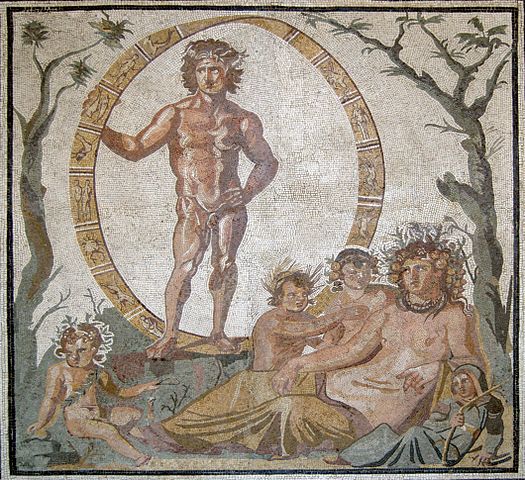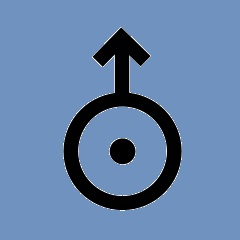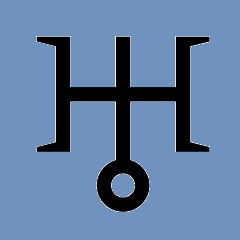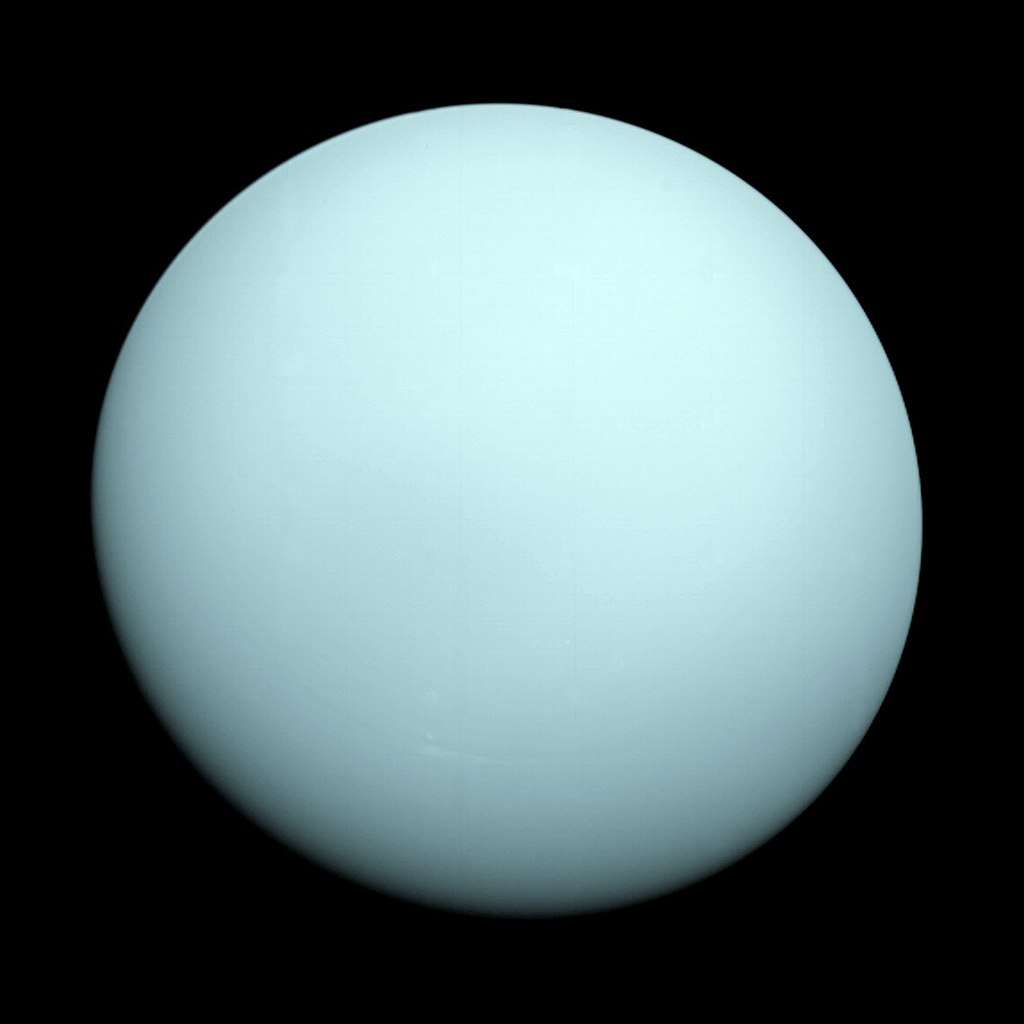
Uranus is the seventh planet from the sun and one of the two ice planets. It was named after the ancient Greek god of the sky, Ouranos. In classical mythology, he is the father of Cronos (Saturn) and the grandfather of Zeus (Jupiter). Its astronomical symbol is a circle with a dot in it and an arrow on top. This symbol is a hybrid of the symbols for Mars and the Sun. There is also an alternate symbol for the planet. It is formed from the first letter of the planet's discoverer's last name. His name is William Herschel.


Uranus has an atmosphere similar to Jupiter's and Saturn's. It consists primarily of hydrogen and helium, but it contains proportionately larger amounts of frozen water, methane, and ammonia.It has the coldest atmosphere of any planet in the solar system. The minimum temperature on the planet is -371 ºF (-224 ºC). The temperature in the lower region of the atmosphere, the thermosphere, is 116 ºF (47 ºC).
Uranus orbits the sun every 84.0205 Earth years or in every Earth 30,688.5 days. A Uranian year lasts 42,718 Uranian solar days. It reaches its most distant point from the sun at about 1.875 billion miles (about 3 billion kilometers). It reaches its nearest point to the sun at about 1.714 billion miles (2.742 billion kilometers). The planet is tilted sideways so that its north and south poles lie almost flush with its orbital plane. It completes a rotation on its axis every 17 hours 14 minutes 24 seconds. Its rotation is retrograde. So, an observer on Uranus would see the sun rise in the west every morning and sit in the east in the evening.
The planet has a ring system, a magnetosphere, and 27 moons. There are 13 rings around the planet. They are only fractions of a yard (or meter) thick. The planet radiates 1.1 times more heat than it receives from the sun.
Like Jupiter and Saturn, Uranus has no well-defined solid surface. The gravity is 88.6 % of that of Earth's.


